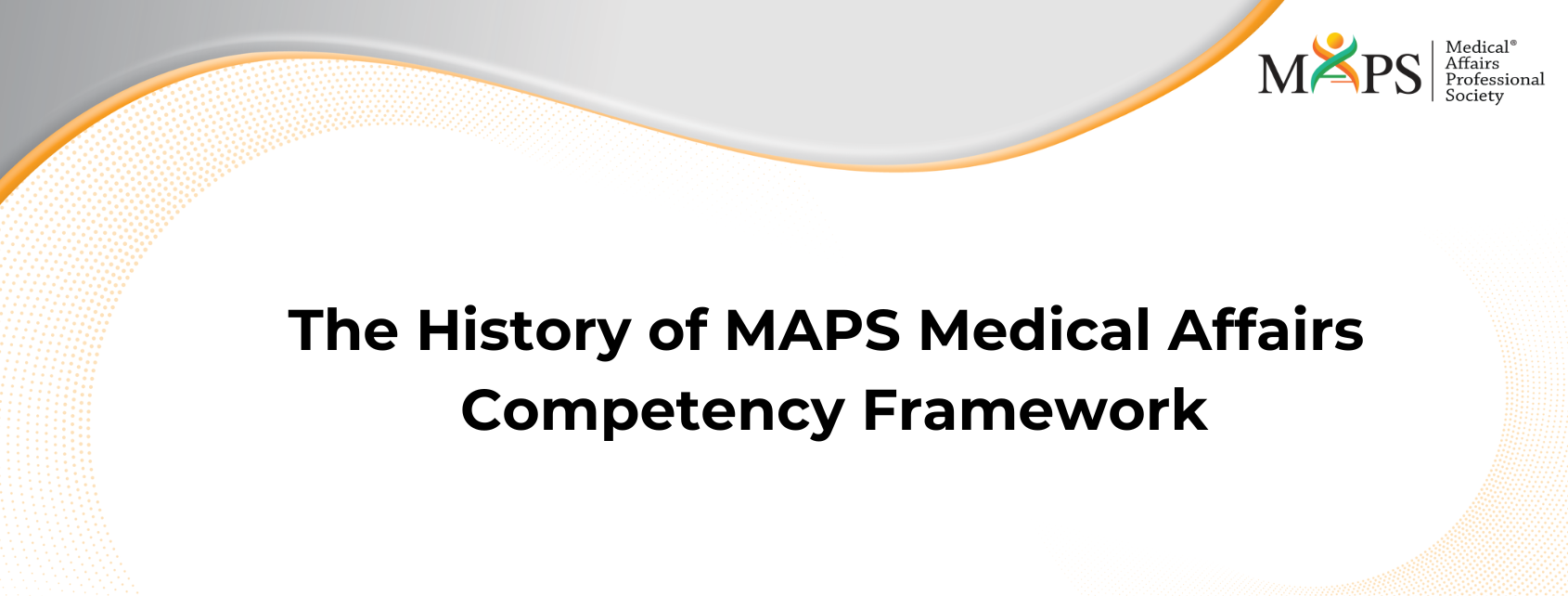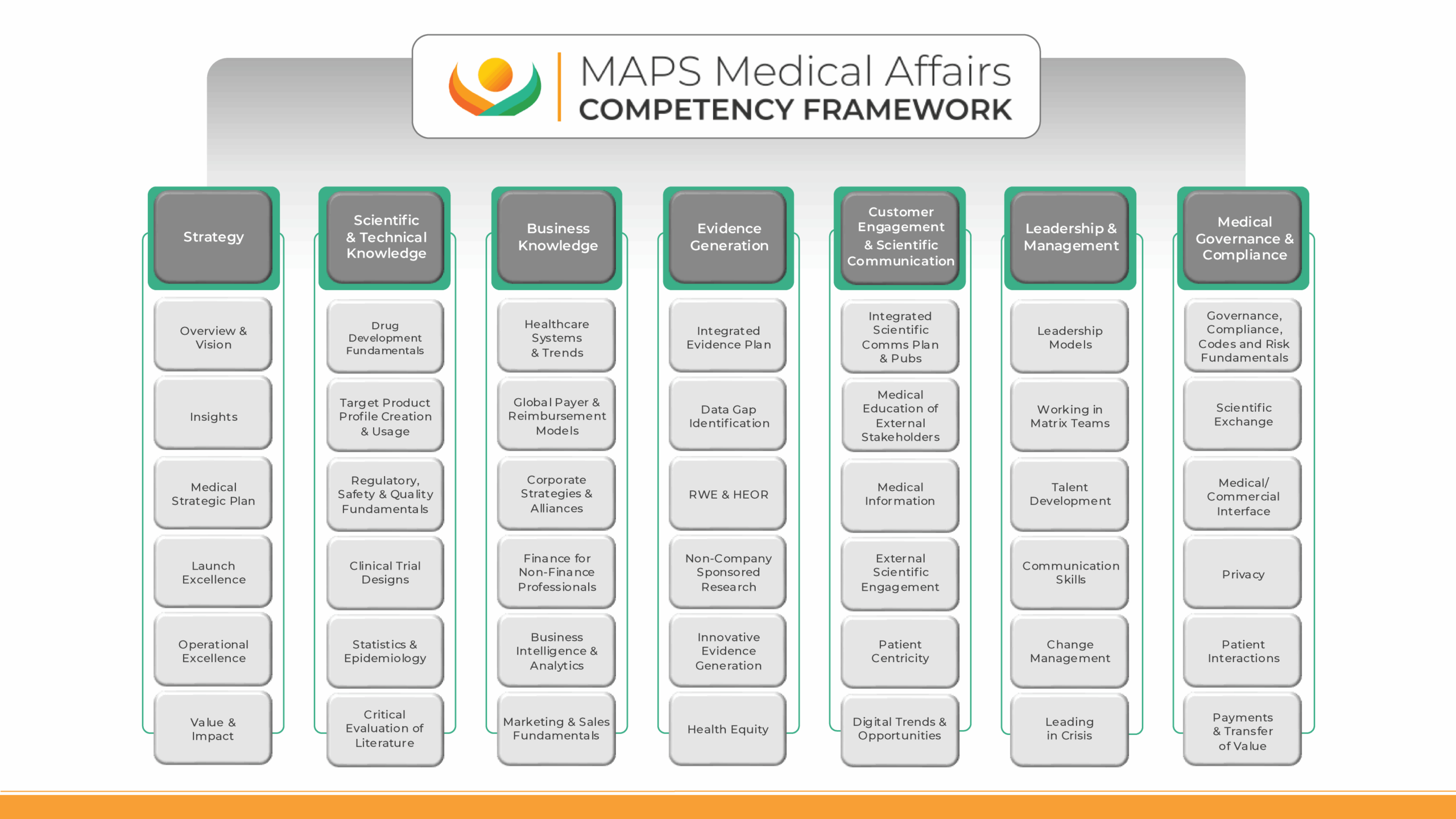The History of MAPS Medical Affairs Competency Framework
Back in the early 2000s, understanding Medical Affairs was pretty straightforward. It mostly revolved around Field Medical, where the main job was to create one-on-one scientific conversations between Medical Science Liaisons (MSL) and healthcare professionals.
Basically, Medical Affairs helped doctors and nurses get access to the latest medical innovations coming from the pharmaceutical, biotech, and MedTech industries. As Medical Science Liaisons became the go-to people for healthcare interactions, Medical Affairs started taking on more responsibilities. This included managing investigator-initiated trials, collaborating on post-approval strategies for drugs, handling external education and medical info, generating insights, overseeing Medical Communications, and ensuring that the patient voice was heard throughout drug development and commercialization.
In many companies, these roles—or “subfunctions”—were often seen as separate and a bit independent, loosely grouped under the bigger umbrella of Medical Affairs. This structure played a big role in how the Medical Affairs Professional Society (MAPS) set up its Competency Teams (previously Focus Area Working Groups), which included topics like Field Medical, Medical Communications, Evidence Generation, Insights, Strategy, Compliance, and Medical Information.
The downside of this siloed approach is that it created significant challenges in helping Medical Affairs reach its full potential as an important part of the business alongside Research & Development and Commercial.
A lot of Medical Affairs professionals get so caught up in their specific roles that they miss how their work fits into the bigger picture or contributes to the overall success of the business. By focusing solely on specific areas without diversifying their skills, they might hit a ceiling in their subfunction and struggle to move forward.
To change this, MAPS started looking for ways to bring Medical Affairs together rather than keeping it broken up. The idea was to provide Medical Affairs professionals with the essential knowledge and skills that apply across the board, helping them grow into more strategic positions.
Our answer? A competency-based approach to training in Medical Affairs.
After some serious discussions with MAPS team members and insights from industry thought leaders, we pinpointed seven key “Domains” of knowledge that Medical Affairs professionals need. Each Domain has six “Competencies,” creating the MAPS Medical Affairs Competency Framework.
A manager might choose to focus on all six Competencies in a specific Domain to boost team skills in areas like Field Medical or Real-World Evidence (RWE). Meanwhile, anyone wanting to grasp the whole scope of Medical Affairs can dive into the full Foundations in Medical Affairs Program, covering all seven Domains and a total of 42 Competencies.
Plus, we’re working on the upcoming Certified Medical Affairs Professional (CMAP) Program, which will offer in-depth, expert-led training for seasoned Medical Affairs folks aiming to excel in their roles and move up to leadership positions in and out of Medical Affairs.




